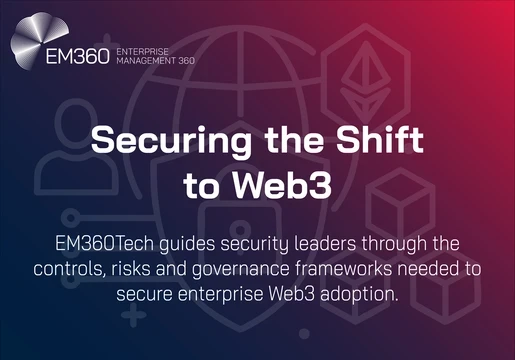In today's interconnected world, the importance of securing operational technology (OT) systems cannot be overstated.
OT systems are the backbone of global infrastructure and are critical to the operation of power grids, water treatment plants, and manufacturing facilities around the world.
As digital transformation initiatives become widespread and IT-OT convergence expands, protecting OT systems today represents a critical element of an organisation’s security posture.
Cyber attacks on OT systems can have devastating consequences that extend beyond the enterprise landscape – from casings causing power outages to disrupting water supplies to even leading to injuries or death.
But OT security is not just about preventing cyberattacks. While most discussions around OT security tend to focus on preventing cyberattacks, it's crucial to recognise that it encompasses a broader range of considerations.
Protecting OT systems goes beyond just guarding against external threats – it requires a comprehensive approach that addresses various aspects of security, including risk management, operational resilience, and human factors.
OT security must be holistic. It must take into account the unique characteristics of OT systems, their reliance on physical devices, and their critical role in our daily lives.

Holistic OT Security
To effectively address the evolving threat landscape, organisations must adopt a proactive and holistic approach to OT security.
One key consideration is conducting thorough risk assessments to understand vulnerabilities and potential consequences associated with OT systems.
By identifying critical assets, evaluating exposure to threats, and assessing potential disruptions, organisations can prioritise security investments and mitigation efforts. These Regular risk assessments are essential to staying ahead of emerging threats.
Read our Top 10 for OT Security Vendors in 2023
Operational resilience is another crucial aspect of OT security. Building resilience involves incorporating redundancy and fail-safe mechanisms into OT systems to ensure continuity of operations in the face of disruptions.
This includes implementing backup and recovery procedures, redundancy in communication channels, and network segmentation to minimize the impact of incidents.
Integrating security considerations into the design and development of OT systems is also essential. Security by design involves implementing security measures at every stage, from system architecture and hardware selection to software development and maintenance.
By adopting industry best practices, such as secure coding standards and regular patching, organisations can significantly enhance the security posture of their OT systems.
Responding to an incident on OT
No matter how good an organisation's OT security posture is, security incidents are inevitable. Establishing a robust incident response plan is crucial for minimising the impact of such incidents and swiftly restoring normal operations.
This involves defining roles and responsibilities, establishing communication channels, and conducting post-incident analysis to learn lessons and improve future response capabilities.
Organisations must consider regulatory compliance related to OT security. Specific regulations and standards may apply depending on the industry.
Compliance with these requirements is not only necessary to avoid legal and financial penalties but also to ensure a baseline level of security. Organisations should stay updated on relevant regulations and standards and incorporate them into their security frameworks.







Comments ( 0 )